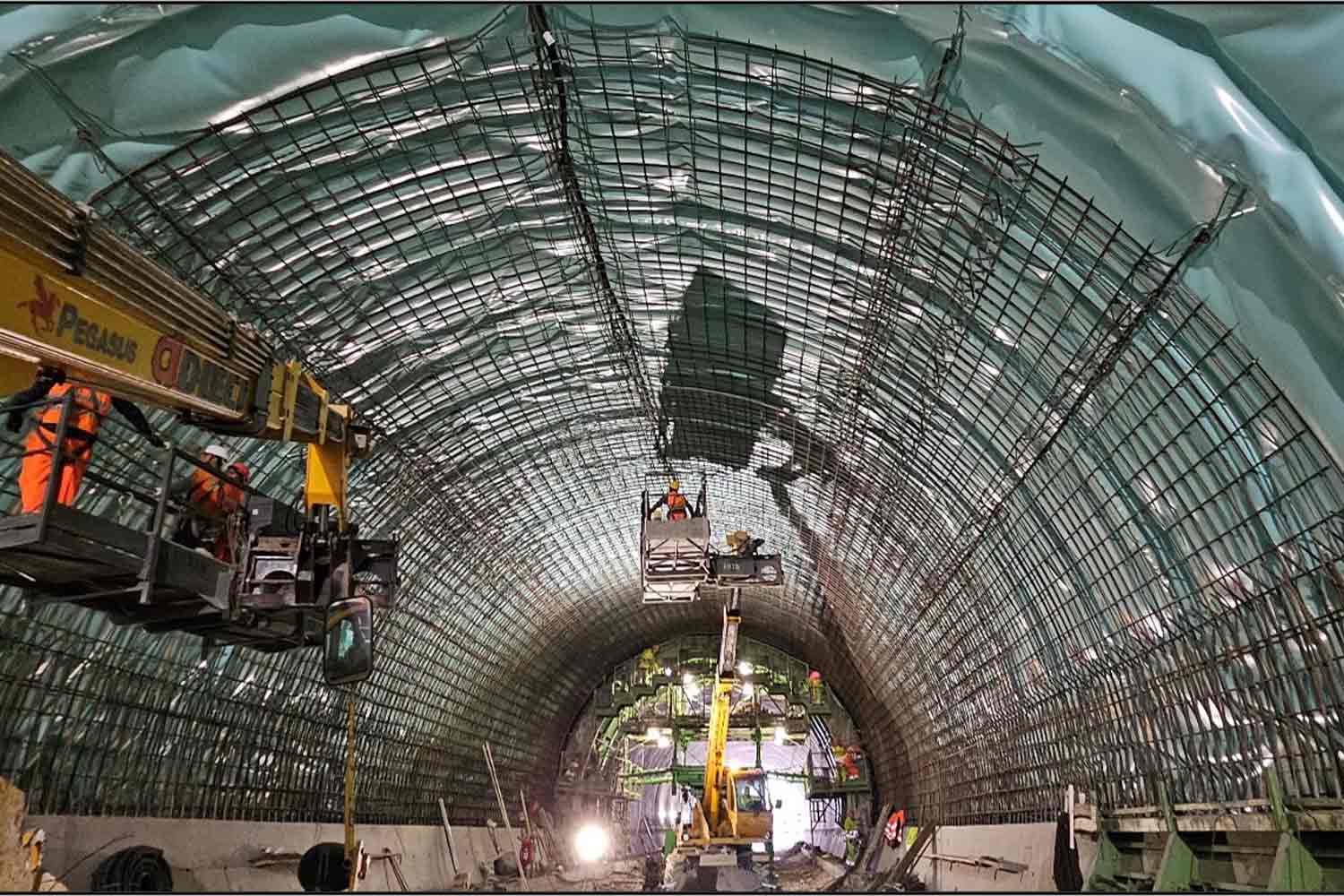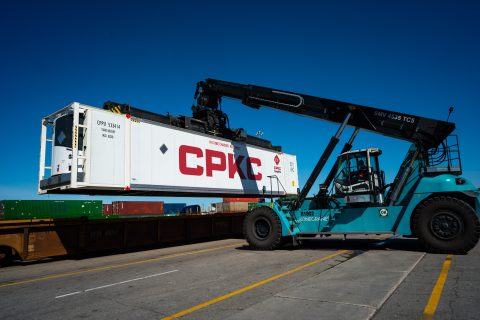Another piece of the Rhine-Alpine Corridor in Genoa falls into place

The Facchini Tunnel 1, a key rail section that gives freight trains last-mile access to the port of Genoa, in northwestern Italy, has been upgraded. The profile of the tunnel was widened to allow the transit of 4-metre-high road trailers on the rail, which is one of the criteria of the TEN-T corridors initiative.
The 137-metre tunnel can thus be now used again for rail freight traffic to the port of Genoa, which is the starting point of the Rhine-Apline Corridor, running all the way to Rotterdam, in the Netherlands. The upgrade of Facchini Tunnel 1 is part of the so-called Terzo Valico dei Giovi project, a new 53-kilometres railway line from Genoa to Tortona that will connect the port to Milan and the rest of Europe.
Applying Horizontal Directional Drilling to rail projects
The project for the Facchini Tunnel 1 entailed the demolition of the old tunnel and the reconstruction of a new one by using Horizontal Directional Drilling (HDD) technology. Using HDD, as WeBuild, the company in charge of the project, mentioned, “created a sort of protective cap for the excavations”. The company claims that it is the first time that this technology was applied in the railway sector.

Moreover, various holes were drilled at the top of the tunnel to inject materials that would make the ground more stable. Another peculiarity of the Facchini Tunnel 1 upgrade was the implementation of a metal protection shell at the south side entrance of the tunnel during the first phase of the project. This, as WeBuild specified, allowed trains to keep running while consolidation works were being carried out. However, during the second phase, which lasted eight months, rail freight traffic along this line had to be suspended to ensure 24/7 construction activities.
The port of Genoa will be at the RailFreight Connects
The synergies between ports, terminals, and rail infrastructure have recently been under the spotlight, especially in Europe, where ports are increasingly investing in improving rail connectivity. The port of Genoa is just one example of how European ports are planning to boost rail freight. Mario Franzone, Planning and Development Department for the EU Policy and Logistics Office at Ports of Genoa will be part of a panel discussion with representatives of HHLA and the port of Bilbao at the RailFreight Connects.
The RailFreight Connects will take place at the Radisson Blu Hotel in Bremen, Germany, on 6 and 7 September and will be the perfect opportunity for the industry to discuss how these synergies can be boosted. Other than the ones mentioned above, representatives from Nevomo, Lohr, DB Netz, UIRR, and more are among the already confirmed speakers. You can find out more about the RailFreight Connects here and retrieve your tickets here.
Also read:




